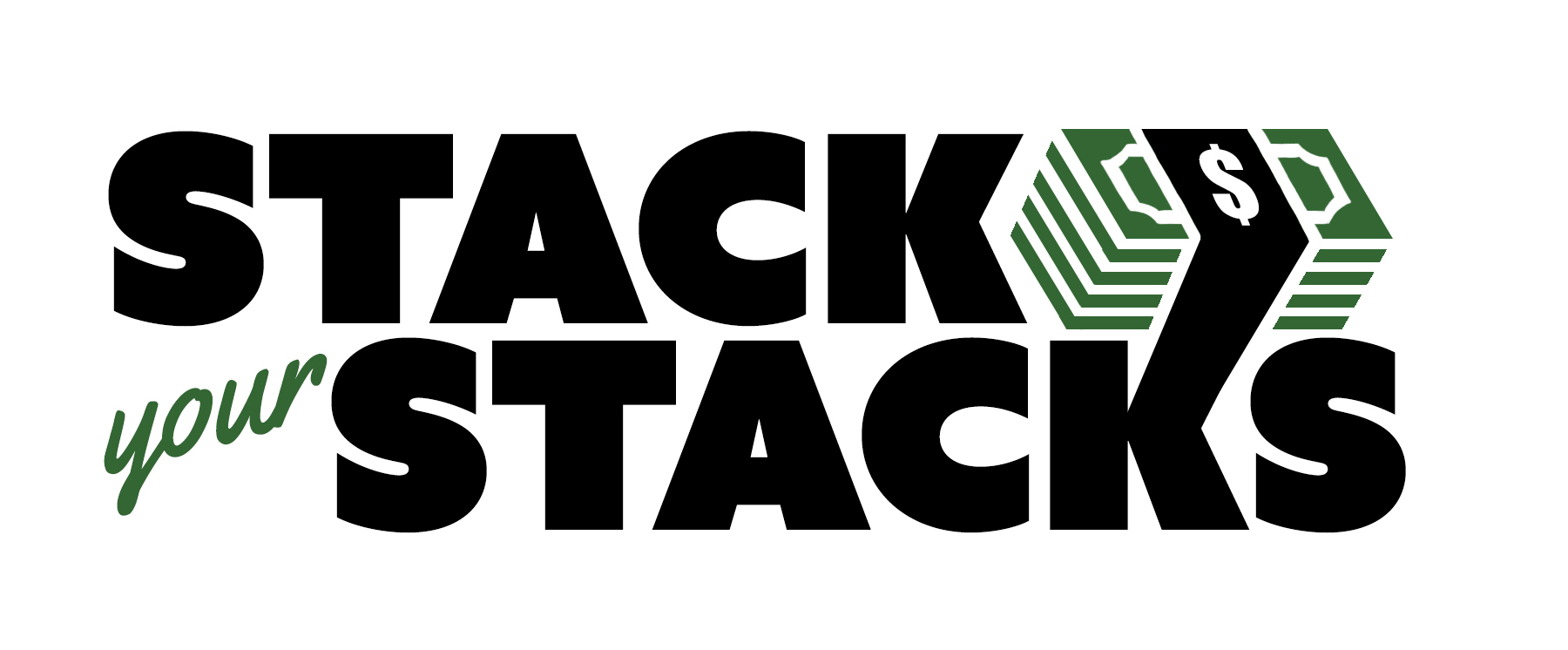The 60-30-10 Rule of Budgeting: Is It Right for You?
If you’re like many people, the very idea of budgeting can make you cringe. You picture sitting down with a calculator and a pile of bills, carefully scrutinizing every expense and making tough choices about where to cut back. But if you’re a high earner and/or have low expenses, a 60-30-10 budget may be the perfect low-effort high-reward method to try.

What is the 60-30-10 Rule for Budgeting?
The 60-30-10 budgeting rule is a simple way to keep your spending in check and ensure that you’re allocating your money in a way that aligns with a large savings goal (whether that’s to save up for a house, pursue FIRE, or just to feel comfortable with financial security).
The breakdown is simple in theory:
- 60% of your income goes to savings – This is your top priority and should include both long-term savings (like retirement accounts and other investment accounts) and short-term savings (like an emergency fund). For example, if you were making $5000 per month, $3000 of that would go towards savings under this type of budget.
- 30% of your income goes to needs – This includes things like housing, food, utilities, transportation, and insurance. Basically, anything that you absolutely need to live. Thinking of our $5K a month earner, that would leave $1500 a month for essentials.
- 10% of your income goes to wants – This is everything else – the fun stuff! Entertainment, vacations, shopping, etc. For our $5K earner, that means $500 to play with in this category.
Challenges of the 60-30-10 Budget
As you could probably notice based on the breakdowns in the last section, this type of budget can be very challenging – unless you are a high income earner or an individual with lower than average living expenses.
In our example above, an earner making $5000 a month is only left with $1500 to cover essentials like rent/mortgage, food, electricity, gas, etc. While this may be feasible in some situations, it’s unlikely that many people would be able to survive on this for necessities, particularly in high cost of living (HCOL) areas.
And that’s assuming a single person is making over $60K a year. You can imagine how this type of budget would be completely out of reach for low income earners in HCOL areas.

Who is this budget right for?
However, where the 60-30-10 budget shines is in its ability to help those with a high income (or very low expenses) to be able to rapidly make progress towards their financial goals.
For example, if you are a high income earner taking home $20K a month, the breakdown would look like $12K to savings/investments each month (woah!), $6K for necessities, and $2K for fun money. The high earnings enable someone to still meet a basic comfortable lifestyle while still allocating a large sum of money towards savings.
Similarly, let’s say we have an earner on a lower income, earning $3K a month – but they are living at their parent’s house free of charge and they bike to work each day. Under our 60-30-10 rule, that leaves them saving $1800 a month, allocating $900 a month for necessities, and enjoying $300 a month on fun money. This may be doable given the low expenses (due to no rent/mortgage and no gas costs or car upkeep).
In both of these scenarios, this type of budget can be a great way to force yourself to save a large chunk of your income while still being able to enjoy some fun money each month.
It’s also perfect for those who are aiming for FIRE (the acronym that stands for “financial independence, retire early”) or other long-term savings goals, as 60% of your income going into savings will help you hit those targets much faster than traditional budgets that potentially use a lower savings rate (like a 30-30-30-10 budget).
And with this type of budget, you may not need to track quite as carefully as other types. If you automate 60% of your income to automatically funnel into investments and savings, you know that leaves you with the rest for necessities (30%) and fun spending (10%). As long as you have confirmed that your current expenses and spending line up approximately in that range, you don’t necessarily need to track as carefully.

How to Create a 60-30-10 Budget
If you’re interested in trying out this budgeting method, here are some steps to get started:
Step 1: Determine your current monthly income.
This is the base number that you’ll be using for your budget calculations. It should be pretty easy to find this if you’re a standard employee somewhere – but if you’re self-employed or a gig worker, you’ll want to take some time to calculate what your monthly average earnings are.
Step 2: Calculate the percentages.
Using the figure above, calculate 60%, 30%, and 10% of your monthly income and jot those numbers down.
Step 3: Determine if this is feasible by looking at your current expenses.
Now it’s time to assess if this budget is actually feasible for you. Start with a quick gut assessment – do the percentages seem like they could work, or are you realizing that there’s no way you could get necessary expenses to under 30%?
If that question leads to an immediate “no way” – that’s OK. There are plenty of other budgeting methods out there, like values-based budgeting or a 30-30-30-10 budget.
If your gut check tells you that it’s likely you can make this work, it’s time to look back at past spending to assess.
Look at the last few months and calculate out averages for your regular monthly expenses. This may include items like rent/mortgage, car payments, minimum debt payments, phone bill, groceries, etc.
If these fit in the 30% “necessary expense” amount that you calculated – or if you know you can get there with simple cuts – then the budget may be a good option for you to pursue. In which case…
Step 4: Automate the 60% savings and investments.
Automating savings takes away the spending temptation, as the money doesn’t sit in your checking account screaming “use me!”. You can often set up automations through your employer as well as your bank.
How to divvy up these automations depends on your current financial status and goals. If you haven’t yet done so, it’s smart to start with automating savings to an easily accessible savings account to fully fund an emergency fund with 3-6 months of living expenses.
After that, many people will funnel as much as possible into their 401K or other retirement account options, taking advantage of employee matching and the reduction in taxable income.
Depending on your income, you may find you’ll max out your contributions to these accounts. According to the IRS, the maximum contribution amount in 2022 is $20,500 for works under age 50.
If we think back to our high income earner from earlier making $20K/month and saving $12K/month, you can see that they’d reach that cap quite quickly.
If you fall into that bucket, you can explore other savings and investment options – like traditional or roth IRAs, educational savings plan like a 529, health savings accounts (HSAs), taxable investment accounts, investing in real estate, or other options.
Step 5: Continue to monitor.
As mentioned before, many people don’t need to track down to the exact dollar for specific categories in this budget. If you can fulfill your living expenses after automating the 60%, you can be reasonably sure you’re making progress towards your financial goals.
Just remember that if there are major changes to your income or living expenses, you’ll need to reassess if this budget can work for you.
The Bottom Line
The 60-30-10 budget can help you make rapid progress towards your financial goals – but it isn’t the only budgeting method out there. Remember, the most important part of any budget is that it works for you and your unique financial situation. If this one doesn’t fit, explore the many other options or methods out there!






